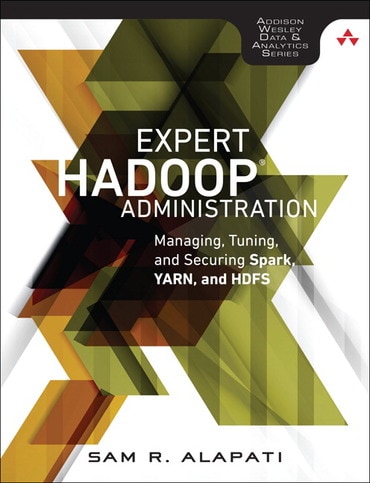Switch content of the page by the Role togglethe content would be changed according to the role

Expert Hadoop Administration: Managing, Tuning, and Securing Spark, YARN, and HDFS, 1st edition
Published by Addison-Wesley Professional (November 29, 2016) © 2017
- Sam R. Alapati
VitalSource eTextbook
ISBN-13: 9780134703381
Expert Hadoop Administration: Managing, Tuning, and Securing Spark, YARN, and HDFS
Published 2016
Paperback
$39.99
Price Reduced From: $49.99
ISBN-13: 9780134597195
Expert Hadoop Administration: Managing, Tuning, and Securing Spark, YARN, and HDFS
Published 2016
Need help? Get in touch